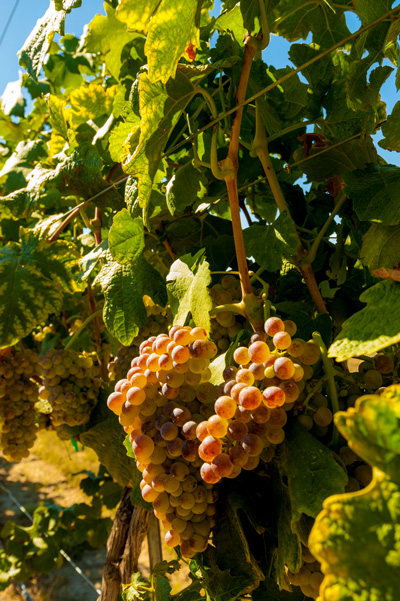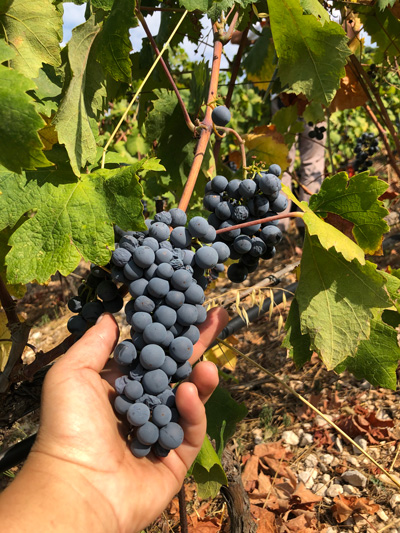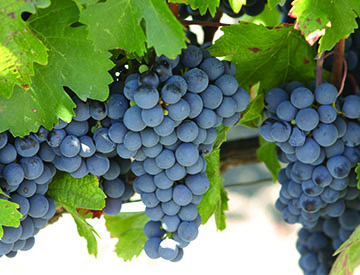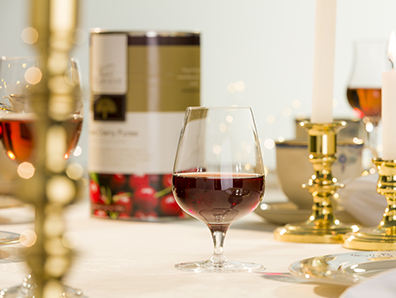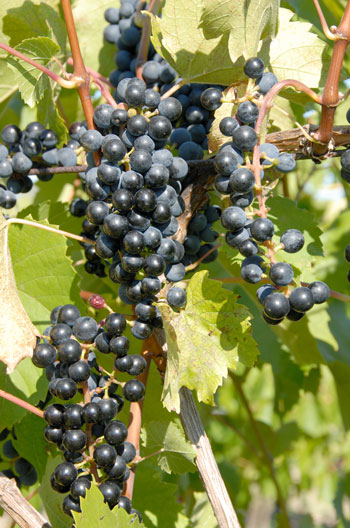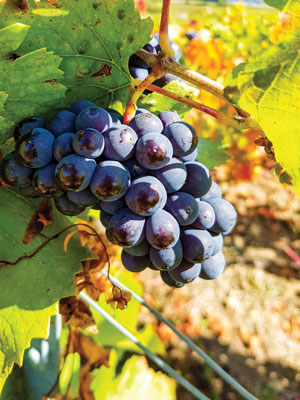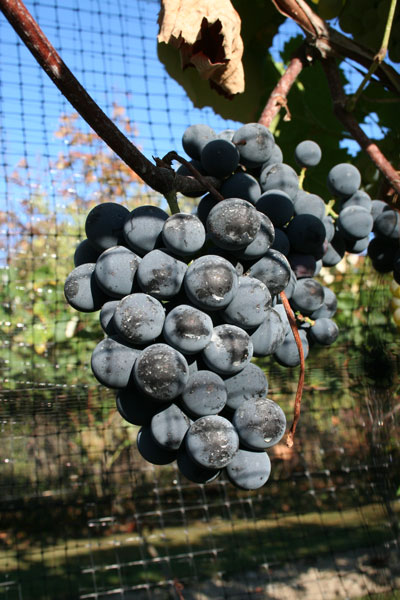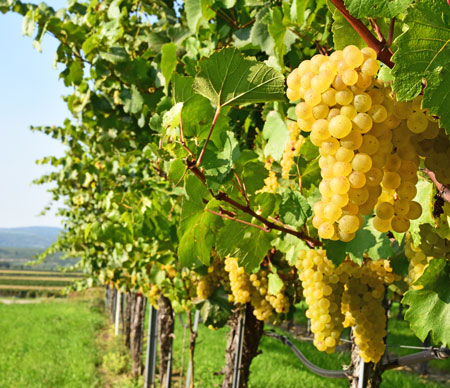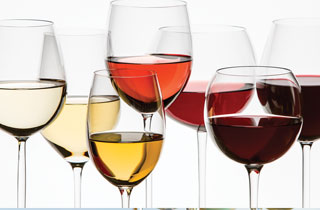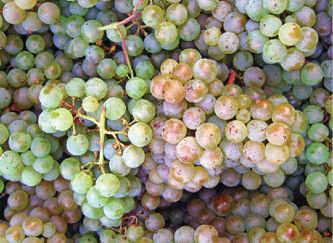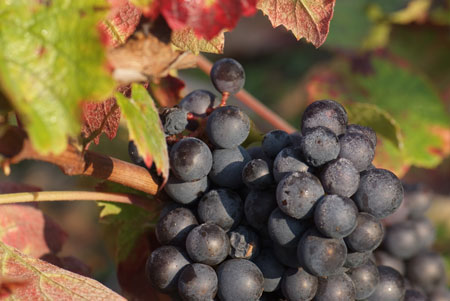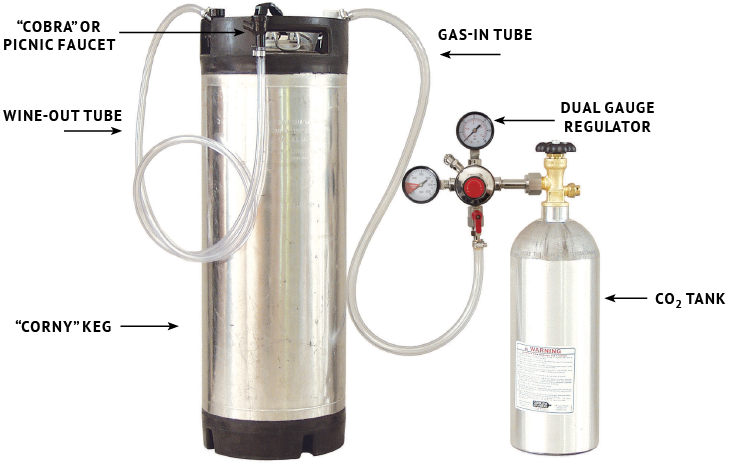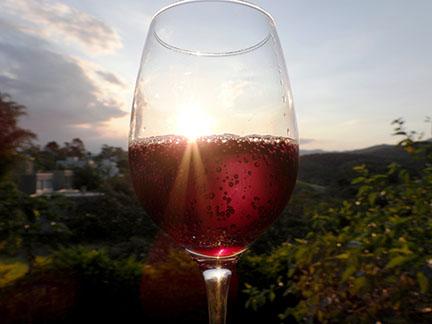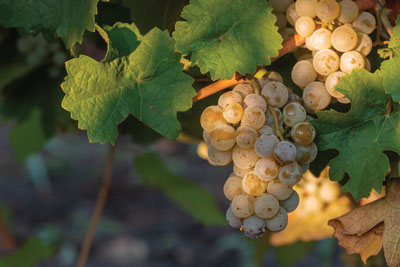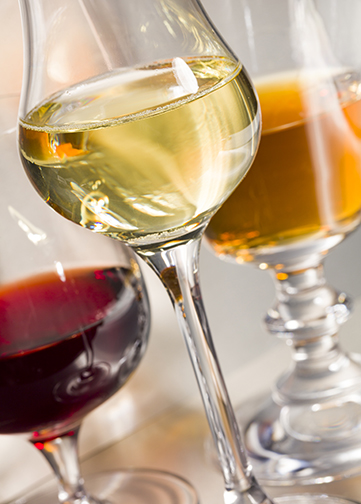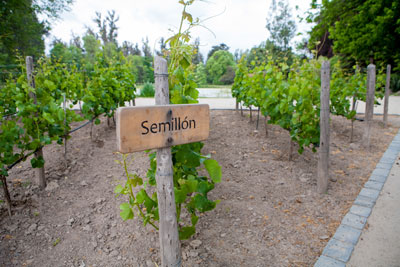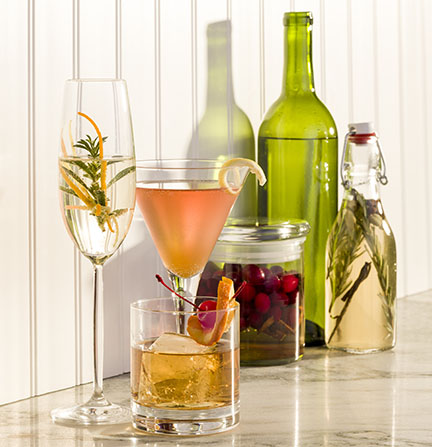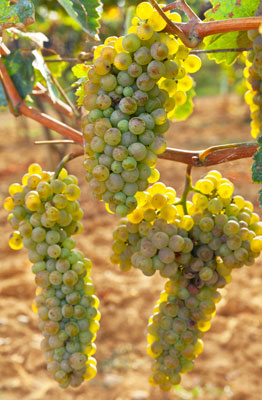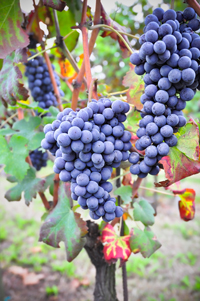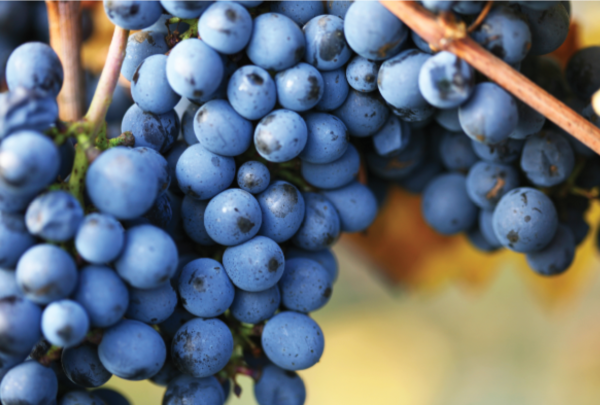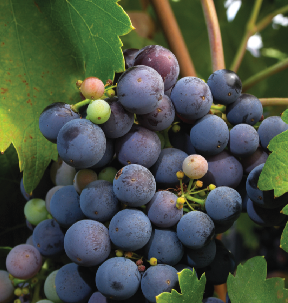Topic: Varietals-and-Wine-Styles
Rosy Roussanne: A grape that doesn’t mind a little heat
In its homeland in the south of France, Roussanne grapes love some heat . . . probably one reason that it’s found a new home in the Texas Hill Country. Learn about this white grape that can stand up to being a varietal wine when conditions are right or blended with others.
Primitivo: The early-ripening varietal
Anyone well versed in wine grape nomenclature knows that Primitivo and Zinfandel are genetically identical. Yet test trials have shown there are some differences with grape types. Learn some of the history and best practices when handling Primitivo.
Malbecs Around the Globe
The popularity of Malbec has grown tremendously over the past two decades, thanks in large part to the award-winning examples coming out of Argentina. We interviewed five winemakers from three continents to share their tips for making Malbec at home.
Fruit Port From Puree
Dessert wine paired with a sweet pie, savory cheese, or fine cigar is one of the best ways to finish off an excellent meal. Home winemakers have a variety of dessert wine
Baco Noir: The emigration of a French hybrid
Originally bred in southwestern France, Baco Noir is a French-American hybrid whose acreage has declined in its native country, but has since emigrated to American soil. Learn about this grape that has found success in some cooler-climate North American vineyards.
Pinot Meunier: The forgotten grape of Champagne
When it comes to the grapes found in Champagne, most casual wine drinkers can point to Chardonnay and Pinot Noir, but Pinot Meunier is often left off that list. Find out about the forgotten grape of Champagne, its history, and why you may want to give it a try if you can.
The Many Sides of Chardonnay
If Cabernet is the King of Grapes, Chardonnay is probably the Queen. It’s the most popular wine among US drinkers with about 20% market share, and in California there’s more of this
Foxy Concord: Finding the sweet spot with this American classic
The grape of North America, Concord has come to dominate the grape juice and jelly markets, but making a solid wine with it can require a little more care than most vinifera grapes. Chik Brenneman digs deep to come up with a solid game plan to making a worthy wine from this grape variety.
Get groovy with Grüner Veltliner
Towards the end of the fall 2018 harvest I was looking for a little respite in my calendar, and I came across an appointment scheduled for a Friday night in late November
Sugar Conversion Tables, Making Wine from Sugar Cane: Wine Wizard
Sugar solution I am fairly new to home winemaking having only made a few kits and three batches of Muscadine wine. I have been using Daniel Pambianchi’s book Techniques in Home Winemaking
Grape Profiles
The world of wine grapes is expansive and continues to grow. Here are a select few profiles of lesser-known wine grape varieties.
Beyond Beaujolais: Get acquainted with Gamay Noir
Wine brings people together. This is cause for great reflection for me personally because as you read this, I will have been retired from the University of California Teaching and Research Winery
A Quicker Route to Bubbles
Making non-traditional sparkling wine at home through force carbonation is simple and can yield amazing results. With just a few pieces of equipment, one can make delicious bubbly in a matter of
Méthode Champenoise
Méthode Champenoise is the most traditional way to make sparkling wine. It requires extra time, attention to detail, and more steps than other methods of sparkling wine production. However, it also makes the highest quality bubbly, which is why it is the only technique used by Champagne makers. Learn how to master this technique at home.
Italian Techniques for Bubbles
There are many ways to make sparkling or spritzy wines. An Italian winemaker offers tips for two methods used in regions of Italy — Governo and metodo
ancestrale — and how home winemakers everywhere can use them at home.
Riesling Revisited
Riesling is one of the noble grapes of Germany and can produce a wide array of complex white wines. Learn some of the key elements and techniques that winemakers can utilize when crafting wine from these grapes.
KMBS Lifespan & Lambrusco Grapes
Q I have a question about sanitizing. I just mixed a fresh batch of potassium metabisulfite (1.5 oz. powder to 1 gallon water) to sanitize my equipment, and this latest batch has
Dessert Wines
Perfect for after-dinner treats, dessert wines are some of the most complex wines in the world. Get tips for making your own icewine, Sherry-style, and Port-style wines at home.
Stable Sémillon
Sémillon is a grape variety that is used to produce some of the great white wines of Bordeaux. Learn about what makes this grape so versatile and one that breaks the conception that white wine should be consumed young.
Discussing Pros v. Cons of Pinot Noir
Pinot Noir has quite a reputation. Often known as the “Heartbreak Grape” and lovingly discussed, dissected, and degustated (is that even a word?) by rabid Pinot-philes the world over, Pinot Noir was
Aperitifs
When you make your own aperitif wines at home — such as sweet and dry vermouth — you can then make your own cocktails with them. Learn the basics of making these drinks, plus three cocktail recipes sure to appease even your guests who aren’t wine drinkers.
Trebbiano Family Tree
Grape descriptors and the region of origin were often used in the Old World in the naming of a grape. In the case of the Trebbiano family of grapes, this was indeed the case. Unfortunately what they didn’t quite know is the family is much more diverse than just a few varietals.
Noble Nebbiolo: Time to raise it from the fog
Explore the grape varietal made famous by the Italian wineries producing Barolo and Barbaresco wines in the Piemonte region of northern Italy. Learn about Nebbiolo’s history, viticulture, enology, and future.
Crafting Pinot Noir Wines
Finesse the legendary grape from Burgundy.
Zinfandel: ‘America’s’ grape
We all are familiar with White Zinfandel, the rosé style that enjoyed immense popularity in recent years and led to the emergence of a rosé boom with other varieties.
